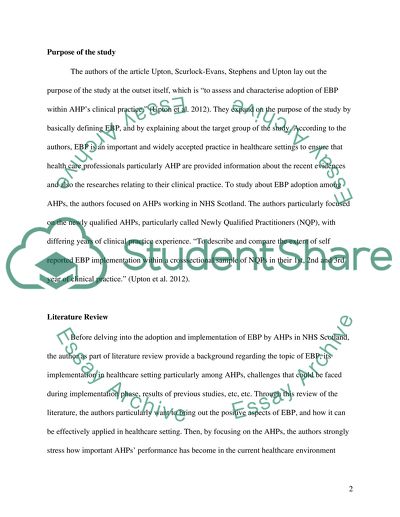Cite this document
(“Critical review; Quantitative studies Research Paper”, n.d.)
Critical review; Quantitative studies Research Paper. Retrieved from https://studentshare.org/nursing/1646461-critical-review-quantitative-studies
Critical review; Quantitative studies Research Paper. Retrieved from https://studentshare.org/nursing/1646461-critical-review-quantitative-studies
(Critical Review; Quantitative Studies Research Paper)
Critical Review; Quantitative Studies Research Paper. https://studentshare.org/nursing/1646461-critical-review-quantitative-studies.
Critical Review; Quantitative Studies Research Paper. https://studentshare.org/nursing/1646461-critical-review-quantitative-studies.
“Critical Review; Quantitative Studies Research Paper”, n.d. https://studentshare.org/nursing/1646461-critical-review-quantitative-studies.


